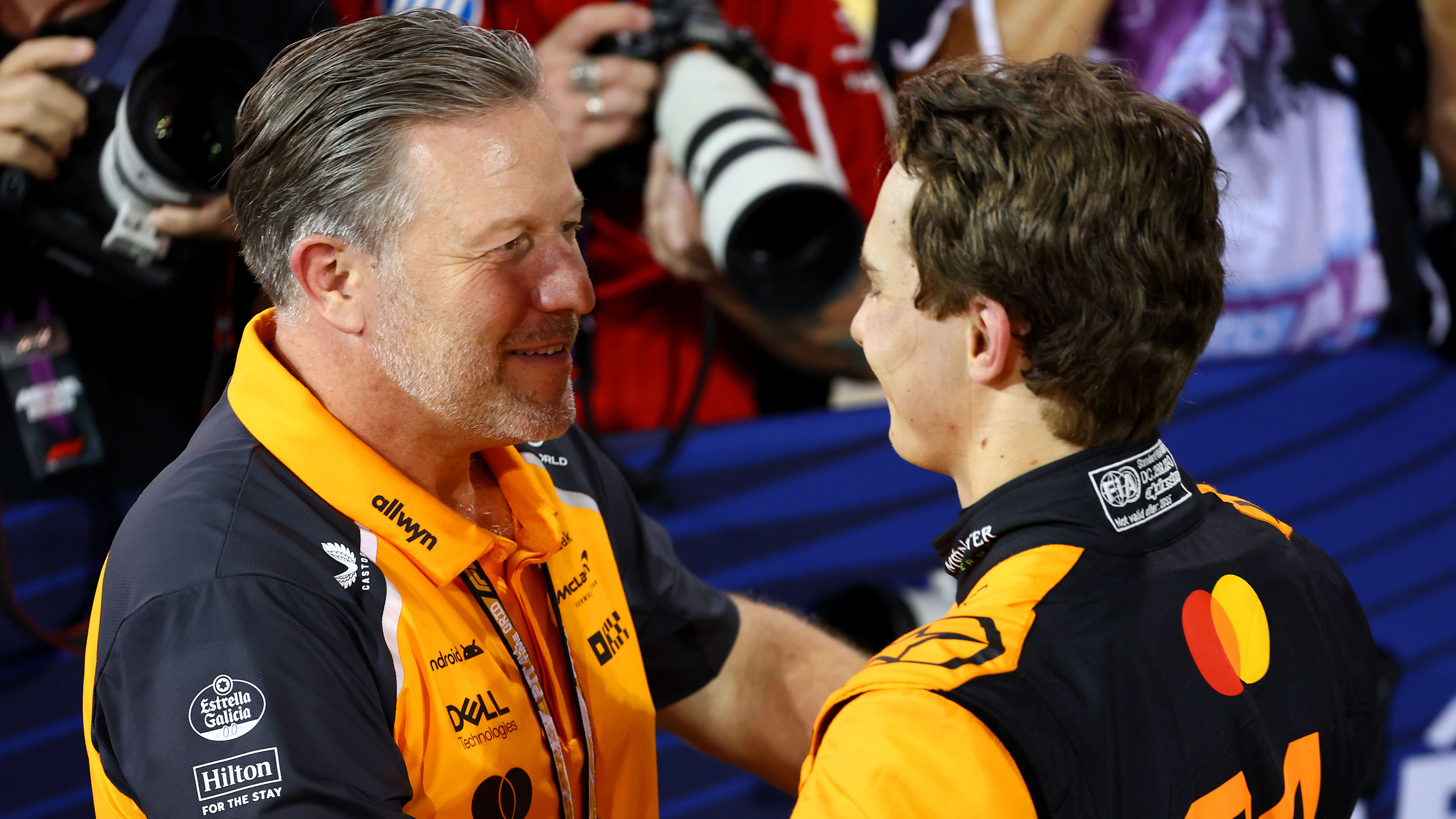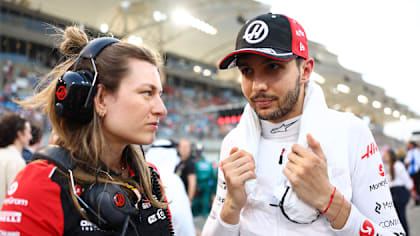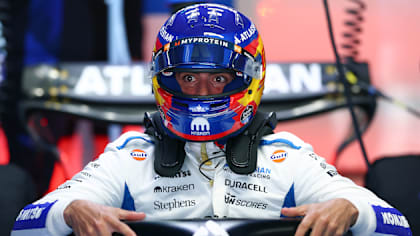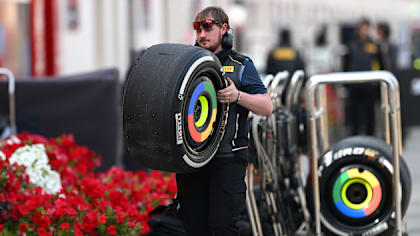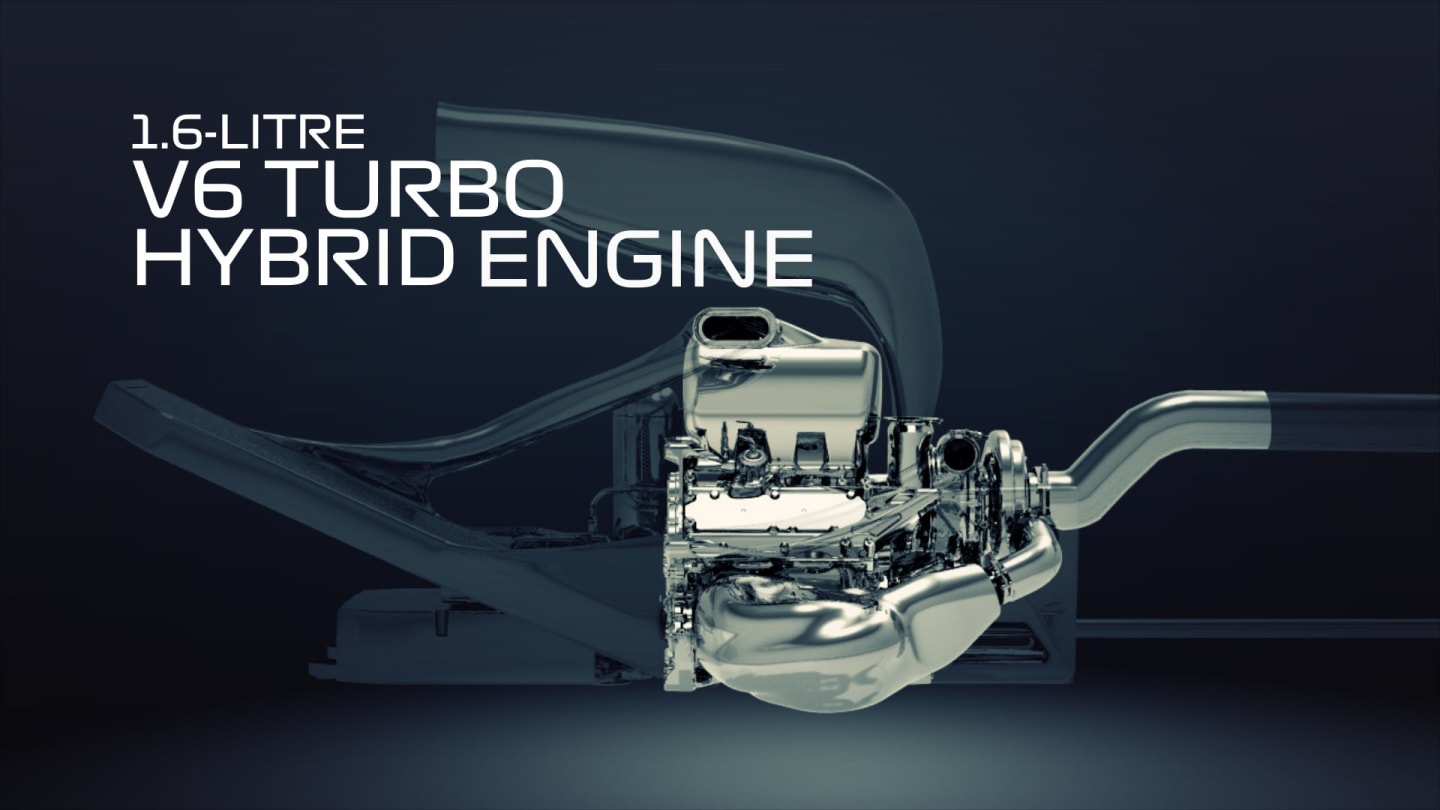
Feature
F1's 'Party mode' ban – What are the changes to engine modes and why do they matter?
Share

This weekend sees the introduction of new restrictions on engine modes which ban the so-called 'party modes'. But what does it all mean?
What’s going on?
A new Technical Directive has been introduced by the FIA to eliminate the special modes of F1’s power units. Since the introduction of the current turbo-hybrid era in 2014, the power units of all the manufacturers have featured settings (modes) which change the power at any given time.
What are qualifying modes?
Qualifying modes - labelled 'party modes' after a nickname coined by Mercedes - make available extra engine revs and the ability to run without harvesting power and diverting it to the battery, thereby allowing maximum deployment of energy recovered via the two energy recovery systems. These modes also typically run more aggressive ignition timing and fuel mixture.
By contrast, a standard race mode will allow adequate harvesting to keep the battery supplied with energy that can be deployed through the lap – without draining the battery and thereby compromising the following lap. It will also typically run lower maximum revs than the qualifying mode and a setting of ignition timing that keeps the valves and piston crowns at a safer temperature.
Typically there are several – up to nine – modes in between the two extremes. This is all about trading off performance with engine life, reliability and fuel consumption.
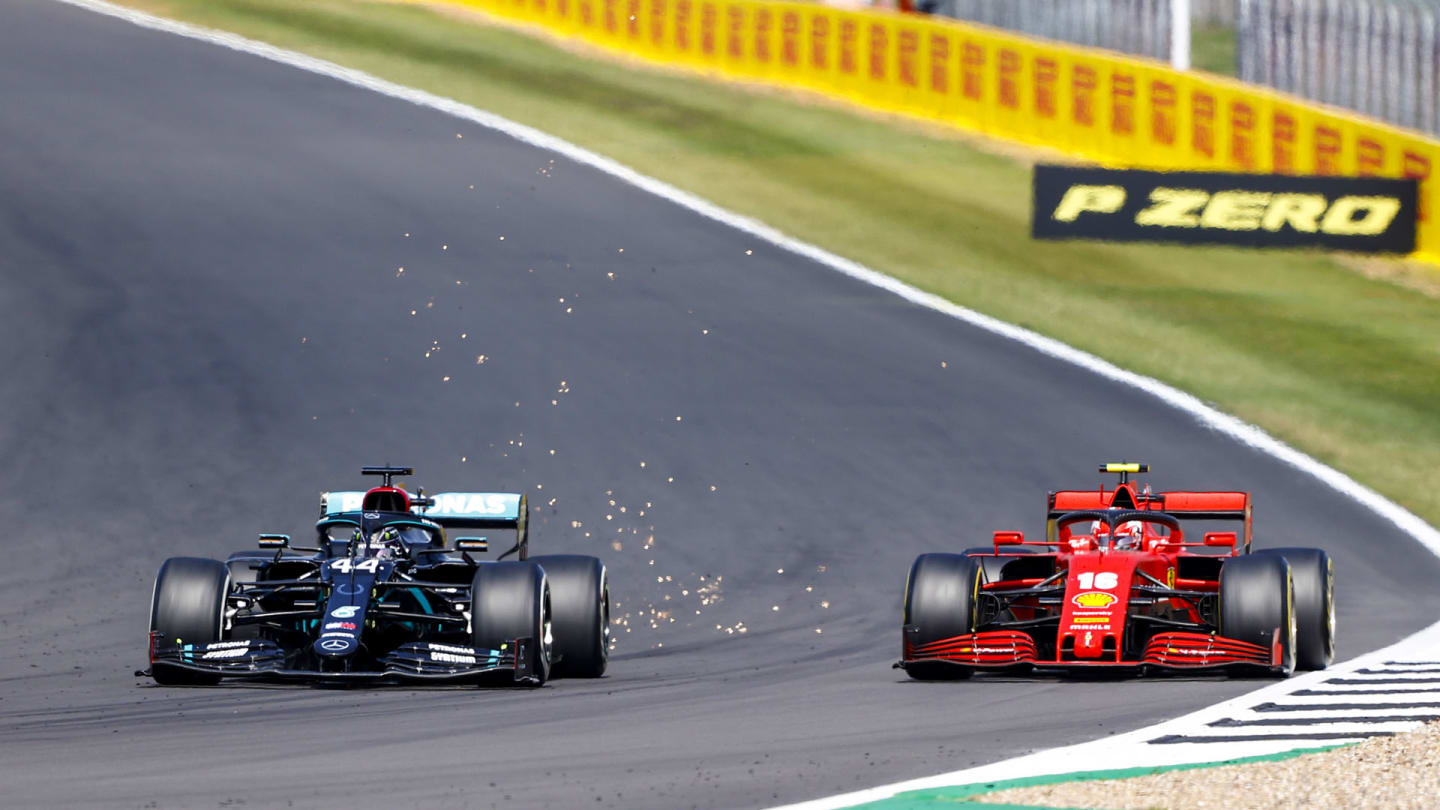
Mercedes are believed to have the biggest 'party mode' - while Ferrari's drivers say they don't have one at all
What’s the change that's being made?
Previously the qualifying and overtake modes would have a time limit per event imposed upon them by the engine manufacturer, so as to keep the power unit within its usage limit. The new Technical Directive will require the power unit to be run in the same single mode during qualifying and race.
Why is this rule being implemented now?
To assist policing. The FIA has to police a number of power unit parameters through very detailed data analysis, and it is felt that this directive will help them achieve that – and have more confidence of power unit legality as a result.
Of course, a consequence of the move would be to clip the wings of the power unit which shows the biggest power boost between normal and qualifying modes. At this point that's believed to be Mercedes, with Ferrari showing the least difference between the two modes. Renault and Honda are quite similar in between those two extremes.
The move would save expensive development programmes for Honda, Renault and Ferrari at a time when the FIA is very actively trying to close down cost drivers. As a downside, it would reduce the differences in power at any given moment between two dicing cars. Often the passing we see in hybrid F1 era comes from one driver forcing another to use up his energy store defensively, then having none left as the attacking driver deploys.
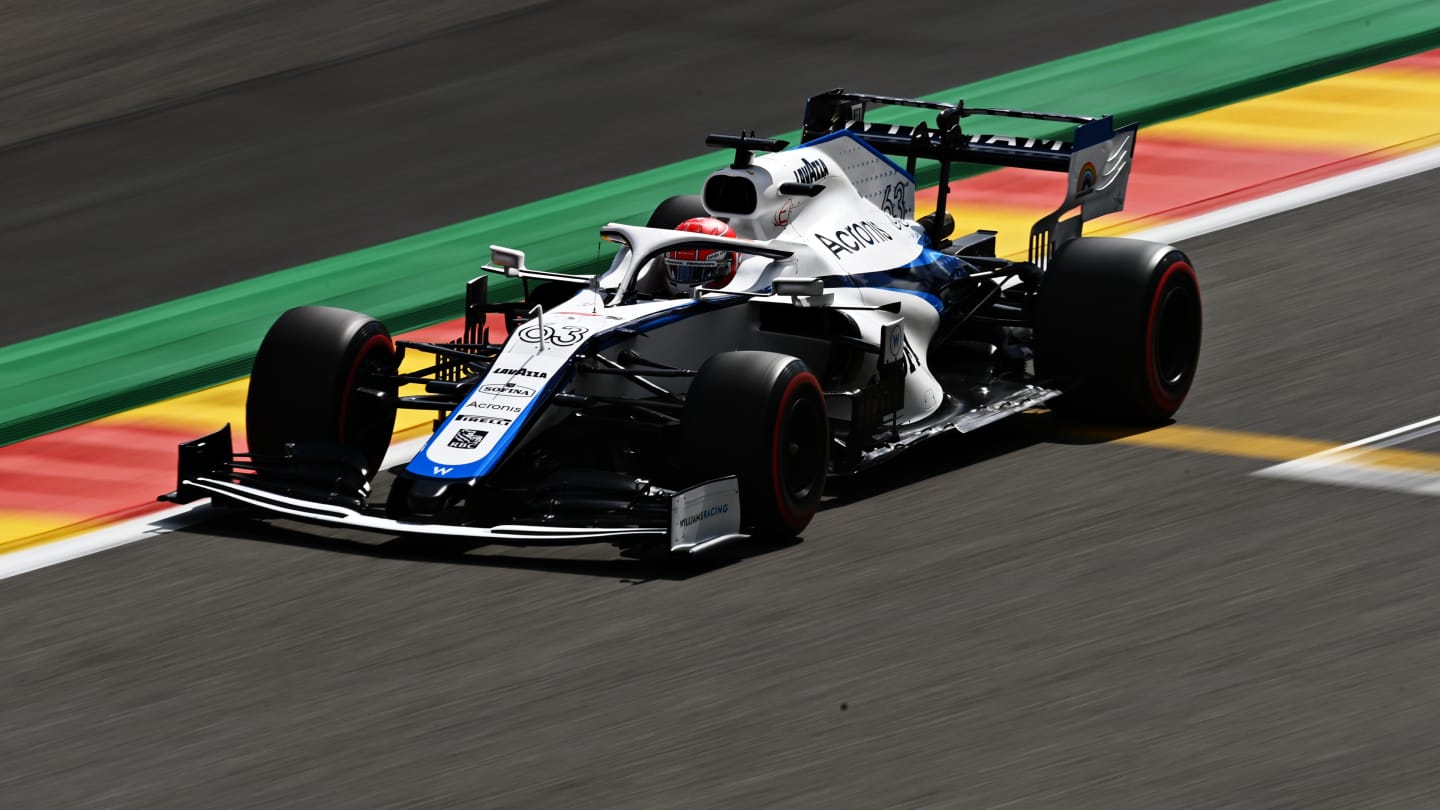
Russell reckons Mercedes-powered Williams might lose time in qualifying - but gain significantly in races.
What impact will the move have on the pecking order?
That remains to be seen. It may well prove to clip the speed of the Mercedes-powered cars in qualifying, and bring others closer to pole. But conversely it could make the Silver Arrows stronger in races, given that the engine 'life' saved by not running 'party mode' in qualifying can be redeployed in a Grand Prix, theoretically enabling them to run harder there.
Williams driver George Russell reckons his team will lose a tenth in qualifying, but will be up by a big margin in races with their Mercedes units.
YOU MIGHT ALSO LIKE
News Ocon opens up on working with ‘very impressive’ new Race Engineer Laura Mueller at Haas
TechnicalF1 Unlocked TECH WEEKLY: Why a key Ferrari trait is holding Sainz back at Williams – and the ‘muscle memory’ he’s now having to work to undo
NewsF1 Unlocked F1 The Movie European Premiere - WIN with F1 Unlocked
News What tyres will the teams and drivers have for the 2025 Miami Grand Prix?
